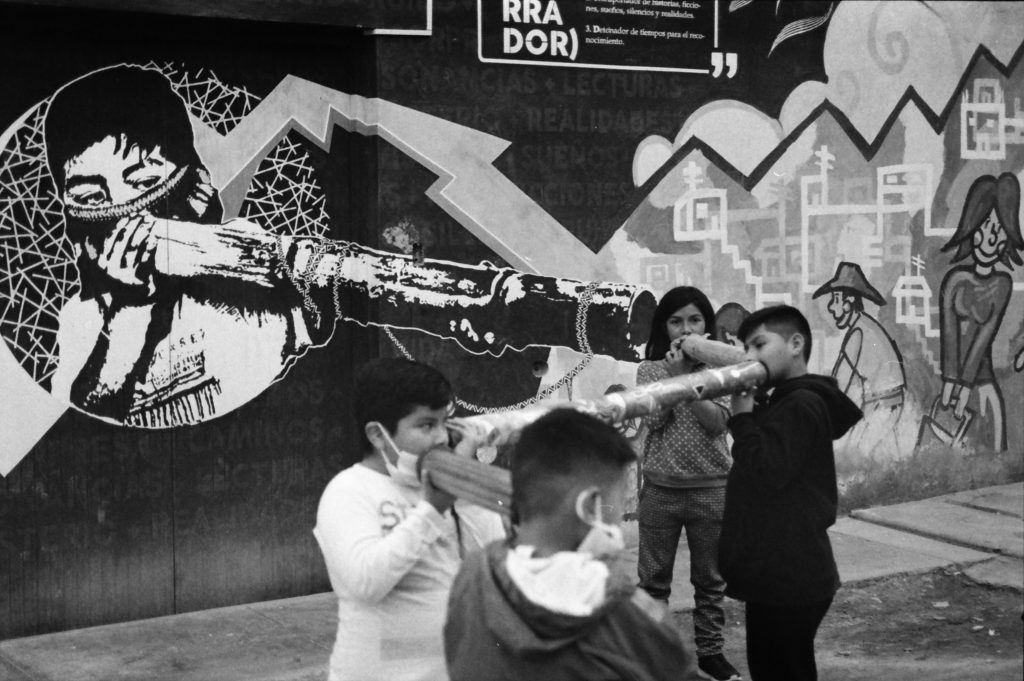
VOLUME 1, ISSUE VI
Las diversas formas
de vivir los sueños y las utopías
CARTA DEL EDITOR
Las diversas formas de vivir los sueños y las utopías
Photo by Obed Arango, ”Mis sueños no son ilegales”, Dreamers Rally, Washington DC, 2010 ©
Parece que las palabras “sueño” y “utopía” están en peligro de extinción frente a términos o a expresiones como “la cruda realidad”. Profetas y jóvenes de otros tiempos nos lo advirtieron. En los años noventa, los zapatistas predijeron el colapso del capitalismo y el neoliberalismo, anticipando una pesadilla global marcada por una crisis de valores y una deshumanización profunda.
Nos alertaron sobre las consecuencias de una filosofía pragmática que asigna un valor monetario a todo, cosifica al ser humano y a los seres vivos, y sacrifica derechos civiles, así como los derechos de las selvas y los bosques, todo en nombre de una carrera desenfrenada de explotación.
Los zapatistas advirtieron sobre las brechas sociales que el neoliberalismo generaría, sobre cómo las oligarquías reemplazarían a las democracias y sobre el crecimiento alarmante de la pobreza y el desplazamiento de millones de personas, arrancadas de sus tierras, montañas, pueblos y barrios.
“Durante los últimos años el poder del dinero ha presentado una nueva máscara encima de su rostro criminal. Por encima de fronteras, sin importar razas o colores, el Poder del dinero humilla dignidades, insulta honestidades y asesina esperanzas. Renombrado como «Neoliberalismo», el crimen histórico de la concentración de privilegios, riquezas e impunidades, democratiza la miseria y la desesperanza”.
— Subcomandante Marcos (Primera declaración de La Realidad contra el neoliberalismo y la humanidad, enero 1996).
El neoliberalismo nos ha mostrado un mundo “feliz”, lleno de opciones, pero nos ha atrapado en su trampa. Nos ha convertido en cómplices de un sistema de explotación que alcanza incluso a niños obligados a extraer minerales como el cobalto para que podamos tener un iPhone. Nos prometió un “Disneyland” y nos lo entregó: un mundo de fantasías que ha seducido a millones de personas sin que se den cuenta de que, bajo ese encanto, han sido explotadas.
Pero los zapatistas no se dejaron seducir por esas imágenes grandilocuentes, ni por los juegos pirotécnicos que reemplazan el contenido con la forma, como cuando un concierto no tiene buena música, pero deslumbra con efectos de luces. Esta filosofía lo ha invadido todo: el cine, las artes, las universidades, los trabajos, las oficinas… La modernidad neoliberal, llena de colores, dispositivos móviles y un sistema de acumulación de riqueza concentrado en unas pocas manos, ha construido un mundo en el que la tecnología mantiene a todos distraídos (o mejor dicho, embobados) y explotados. En este escenario, el espacio para pensar por uno mismo y para soñar se ha reducido al mínimo.
Ese mundo de ensueño neoliberal que inunda las redes sociales y domina la comunicación ha sabido ocultar el alto precio que ha pagado la humanidad: la devastación de los bosques, la explotación desmedida de los recursos y la migración forzada causada por el aumento global de la pobreza. Según las Naciones Unidas, este es el siglo de la migración, con casi 280 millones de personas que han cambiado de país y 800 millones que han emigrado de las zonas rurales a las ciudades.
Este fenómeno es parte de la realidad de muchos de quienes escriben en Revarte, miembros de comunidades migrantes tanto externas como internas. Y si estos autores tienen la valentía y el atrevimiento de escribir sobre sueños, es porque estos aún existen. Si aquellos que han sufrido en carne propia los peores estragos del neoliberalismo siguen soñando, significa que los sueños están más vivos que nunca y que, con ellos, podemos resistir.
Este número representa quizás el esfuerzo más revolucionario y una de las contra-narrativas más actuales. En un tiempo donde se nos dice que los sueños han llegado a su fin y que una pesadilla se cierne sobre nosotros, las comunidades de los márgenes reafirman que los sueños y las utopías existen y siguen habitando en el corazón del ser humano.
“La utopía no es un destino, es un proceso”.
— Ruth Layme Cárdenas.
Letter from the editor
The Different Ways of Living Dreams and Utopias
Photo by Obed Arango, ”Mis sueños no son ilegales”, Dreamers Rally, Washington DC, 2010 ©
It seems that the words “dream” and “utopia” are in danger of extinction in the face of terms like “reality” or the expression “the harsh reality.” Prophets and young people of other times warned us of this. In the nineties, the Zapatistas predicted the collapse of capitalism and neoliberalism, anticipating a global nightmare marked by a crisis of values and profound dehumanization.
They warned us about the consequences of a pragmatic philosophy that assigns a monetary value to everything, objectifies human beings and living beings, and sacrifices civil rights, as well as the rights of the jungles and forests, all in the name of an unbridled race for exploitation.
The Zapatistas warned about the social gaps that neoliberalism would generate, about how oligarchies would replace democracies, and about the alarming growth of poverty and the displacement of millions of people, torn from their lands, mountains, towns and neighborhoods.
“In recent years, the power of money has presented a new mask over its criminal face. Across borders, regardless of race or color, the Power of money humiliates dignities, insults honesty and kills hopes. Renamed ‘Neoliberalism,’ the historic crime of the concentration of privileges, wealth and impunity, democratizes misery and hopelessness.”
— Subcomandante Marcos (First declaration of La Realidad against neoliberalism and humanity, January 1996).
Neoliberalism has shown us a “happy” world, full of options, but it has caught us in its trap. It has made us accomplices of a system of exploitation that even reaches children forced to extract minerals such as cobalt so that we can have an iPhone. It promised us a “Disneyland” and delivered it to us: a world of fantasies that has seduced millions of people without them realizing that, under this spell, they have been exploited.
But the Zapatistas were not seduced by these grandiloquent images, nor by the fireworks that replace content with form, like when a concert does not have good music, but dazzles with lighting effects. This philosophy has invaded everything: cinema, the arts, universities, jobs, offices… Neoliberal modernity, full of colors, mobile devices and a system of wealth accumulation concentrated in a few hands, has built a world in which technology keeps everyone distracted (or rather, dazzled) and exploited. In this scenario, the space to think for oneself and to dream has been reduced to a minimum.
This neoliberal dream world that floods social networks and dominates communication has managed to hide the high price that humanity has paid: the devastation of forests, the excessive exploitation of resources and forced migration caused by the global increase in poverty. According to the United Nations, this is the century of migration, with almost 280 million people who have changed countries and 800 million who have migrated from rural areas to cities.
This phenomenon is part of the reality of many of those who write in Revarte, members of migrant communities both external and internal. And if these authors have the courage and daring to write about dreams, it is because they still exist. If those who have suffered the worst ravages of neoliberalism in their own flesh continue to dream, it means that dreams are more alive than ever and that, with them, we can resist.
This issue represents perhaps the most revolutionary effort and one of the most current counter-narratives. At a time when we are told that dreams have come to an end and that a nightmare looms over us, communities on the margins reaffirm that dreams and utopias exist and continue to live in the heart of the human being.
“Utopia is not a destination, it is a process.”
— Ruth Layme Cárdenas.
References
Child Labor and the Human Rights Violations Embedded in Producing Technology
Primera declaración de La Realidad contra el neoliberalismo y por la humanidad

VOLUME 1, ISSUE V
Las diversas formas
de vivir la migración
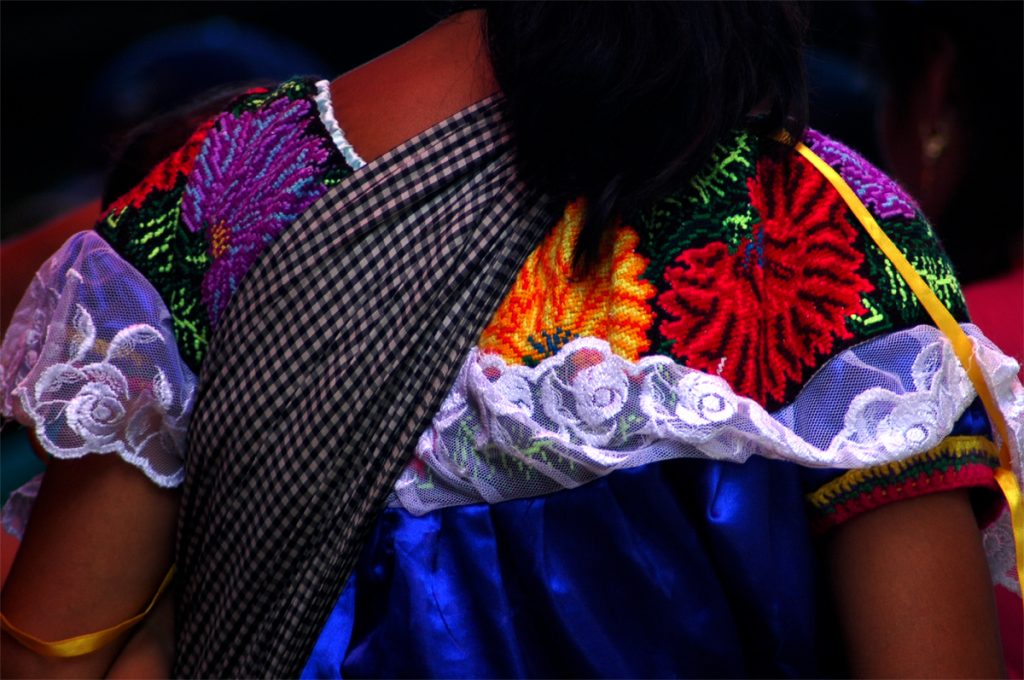
VOLUME 1, ISSUE IV
Las diversas formas
de pensar y vivir la diversidad
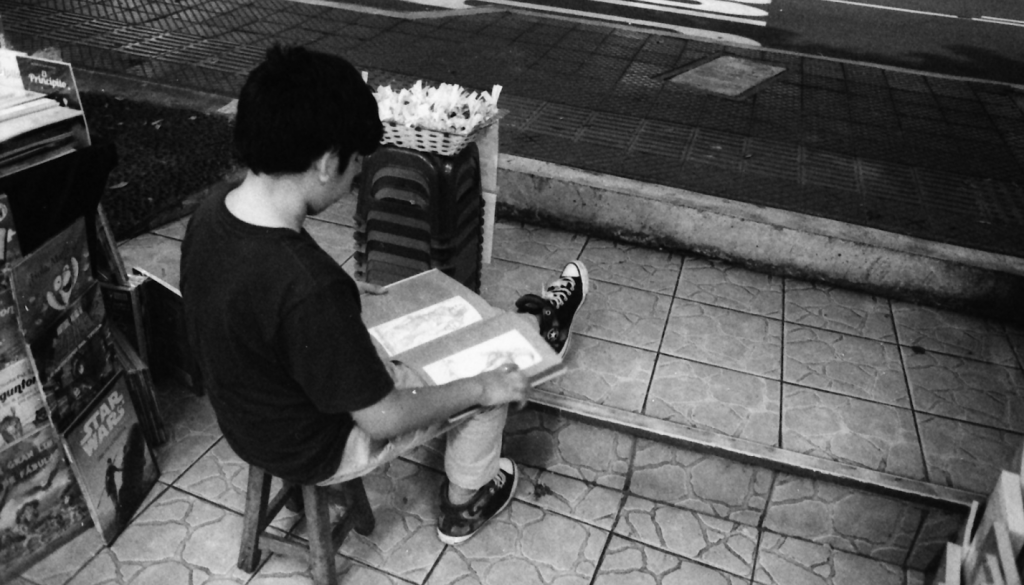
VOLUME 1, ISSUE III
Las diversas formas
de vivir y entender la educación
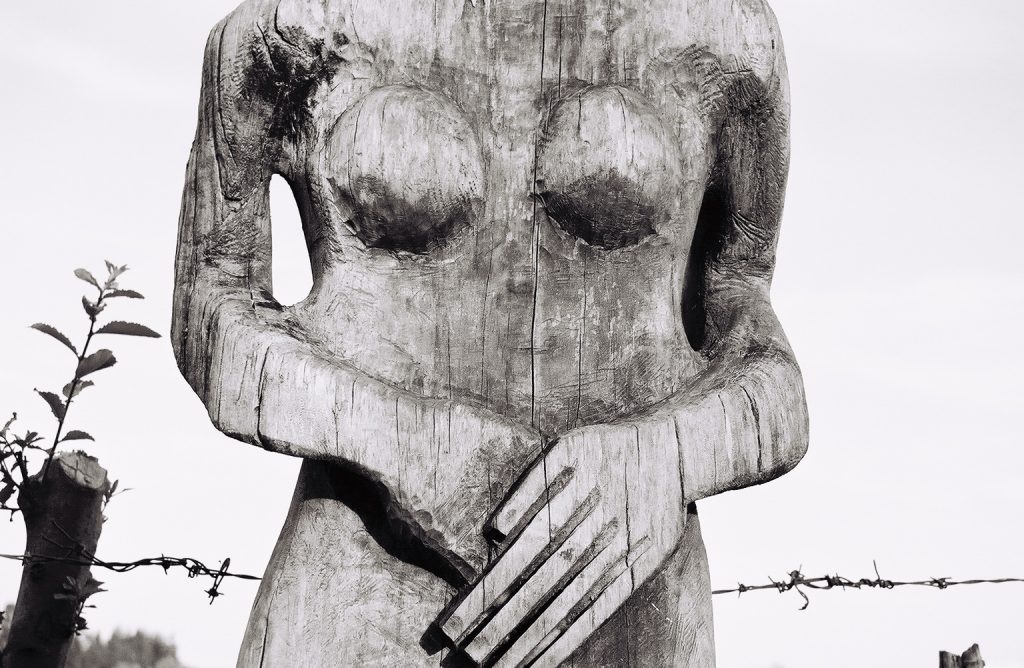
VOLUME 1, ISSUE II
Las diversas formas
de vivir el arte
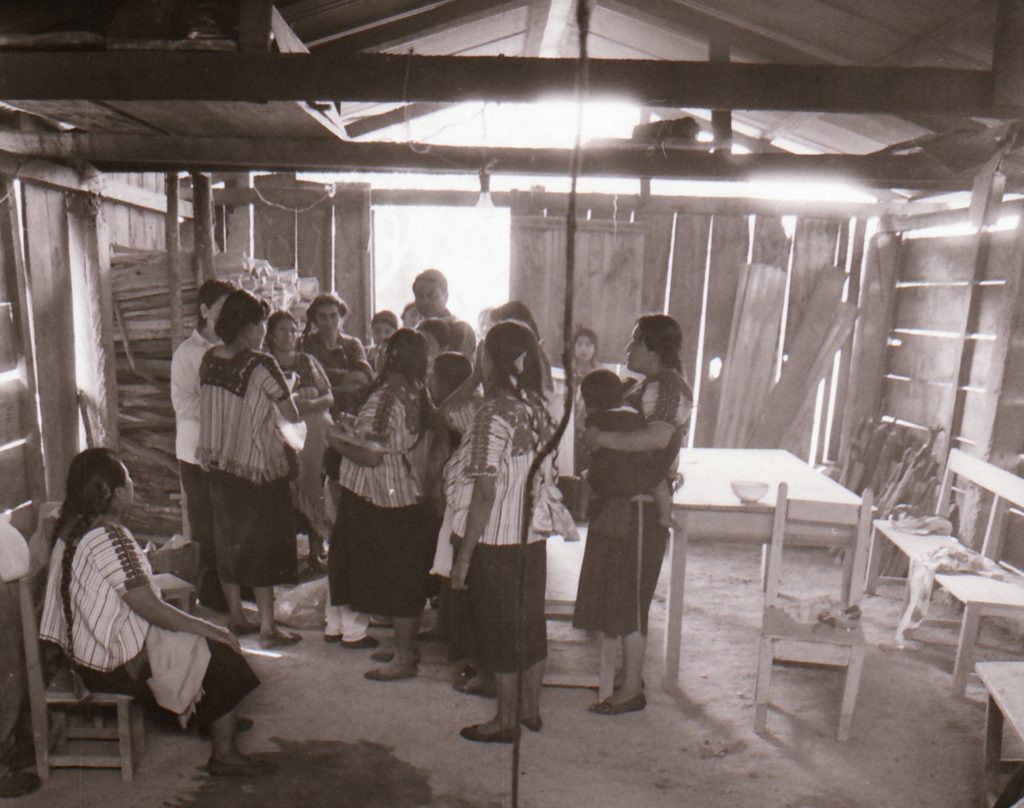
VOLUME 1, ISSUE I
Las diversas formas
de vivir la democracia
